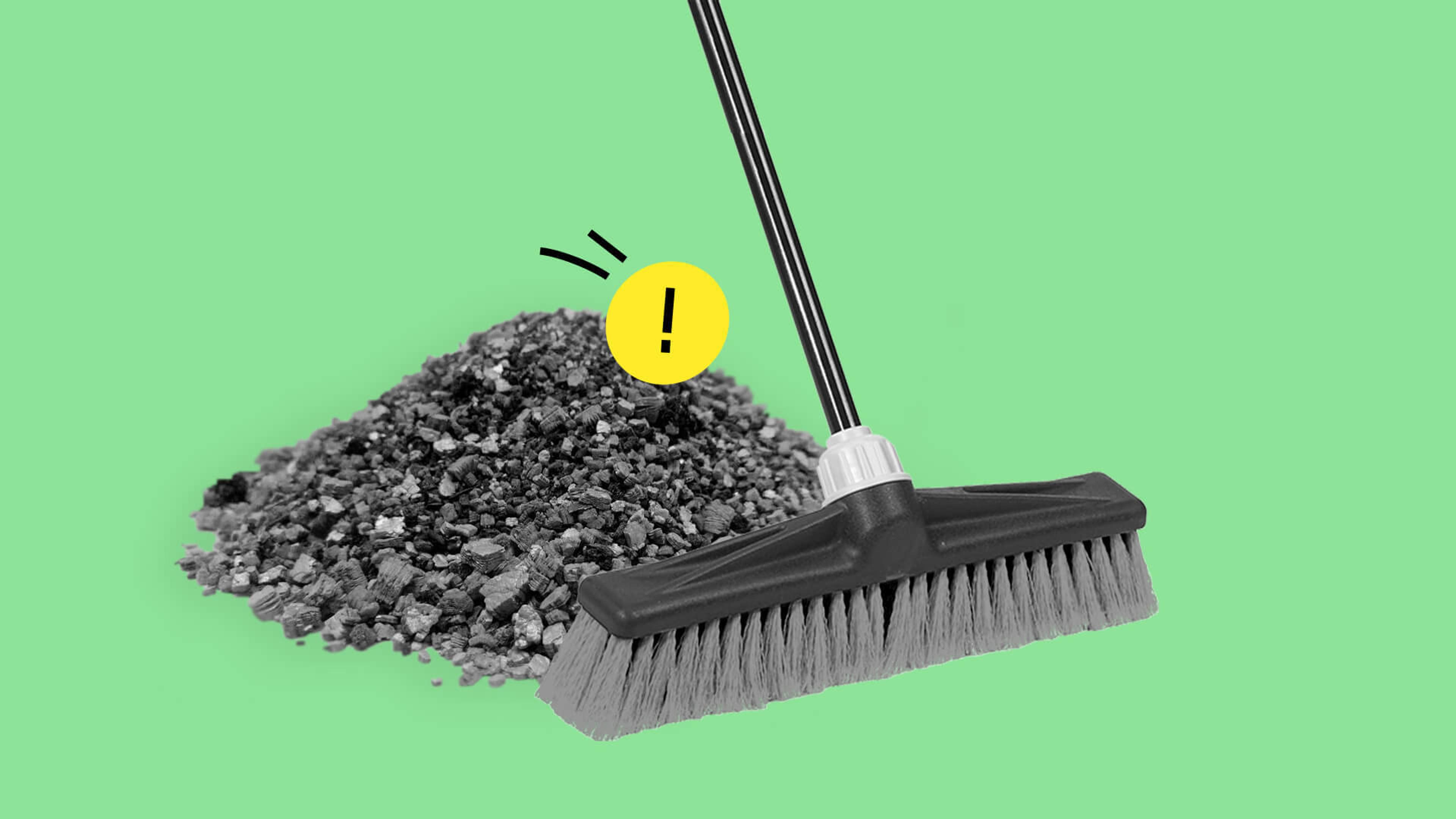14/10/2024
How to check for insurance write-offs: A quick guide for car owners and buyers

When buying a used car, learning about its history is crucial – especially if it has been written off by an insurer. Overlooking this important aspect can lead to unexpected issues down the road, from legal troubles to costly repairs.
What is a car write-off, when does it occur, and how can you check whether the car you're buying has been written off? Find out in this blog post.

Looks can be deceiving!
Don't risk your safety - check it with carVertical first
What is an insurance write-off?
An insurance write-off refers to vehicles that:
- Have sustained severe damage and are no longer roadworthy, or
- Can still be driven but aren’t financially viable to repair, given the vehicle’s age or condition.
After an accident, an insurance company usually hires a qualified assessor to evaluate the damage. They calculate the repair costs, determine the vehicle’s pre-accident value, and compare it with the repair costs. A car is often written off if these repair costs are close to or exceed a significant percentage of the vehicle’s value (typically around 50% to 60%).
It’s not just about the money, though, the assessor also considers if the vehicle can be safely repaired. For example, if the damage affects the vehicle’s structural integrity or safety features, it could be declared a write-off, even if the repair costs are less than the car’s current value.
Car write-off categories explained
Not all damage is the same, so write-offs are split into four categories based on the extent of the damage. These categories can help you decide what to do with a written-off vehicle. If you’re buying a car, it’s also important to understand these categories.

Category A (scrap only) – non-repairable
Category A cars are so badly damaged that they’re deemed beyond repair and must be completely destroyed. No parts can be salvaged or reused.
Category B (break for parts) – non-repairable
Like Category A, Category B cars can never return to the road due to extensive damage. However, some parts can be removed and recycled (e.g., used in other vehicles). After that, the bodyshell must be crushed.
Damage that can lead to Category A or Category B write-offs includes:
- Severe fire damage and complete burnout
- Severe flood damage
- Crushed or twisted frame
- Vandalism that compromises safety
- Severe impact damage
- Extensive damage from falling objects (trees, debris, etc.)
Category S (structural) – repairable
Category S cars have suffered structural damage, like issues with the chassis or frame. However, these vehicles can generally be repaired. If the repairs are done correctly and the car passes an MOT test, it can legally return to the road.
Damage that can lead to Category S write-offs includes:
- Structural damage to the chassis or frame from a collision or accident
- Bent or twisted pillars that affect the roof’s stability
- Substantial damage to the suspension or axle that impacts the vehicle's safety
- Severe undercarriage damage affecting the vehicle's frame
- Impact damage affecting the alignment or overall structure of the vehicle
Category N (non-structural) – repairable
Category N vehicles haven’t suffered structural damage but may have other significant issues, such as cosmetic damage or electrical faults. These vehicles can be repaired and put back on the road without needing an inspection.
Damage that can lead to Category N write-offs includes:
- Significant cosmetic damage, such as deep scratches or large dents
- Electrical system damage that, while extensive, doesn’t compromise the vehicle’s safety
- Mechanical issues that are repairable, such as a damaged transmission
- Non-structural body panel damage, like a crushed door
- Interior damage
- Minor suspension or steering damage
What to do if your car is written-off
If your car is written-off, you’ll need to follow a simple process to notify the DVLA (the Driver and Vehicle Licensing Agency):
1.Apply to retain the registration number via gov.uk if you want to keep it.
2.Send the vehicle log book (car’s official registration certificate), also known as V5C, to your insurance company, but keep the yellow “sell, transfer or part-exchange your vehicle to the motor trade” section.
3.Inform the DVLA that your vehicle has been written off. Failure to do so could result in a fine of up to £1,000.
For cars categorised as A or B, the insurance company usually handles all the arrangements for scrapping the vehicle.
Can you refuse to write off your car?
If your car falls under categories that allow repairs (Cat S and Cat N), you can accept the insurance payout and buy the vehicle back from your insurer to fix yourself. This process may involve some negotiation and making sure the vehicle can be safely and legally driven after repairs.
However, this doesn’t change its legal status as a write-off.
Once you’ve sorted everything out, be sure to:
1.Send the complete log book to your insurance company.
2.Apply for a free duplicate log book via gov.uk using form V62. The DVLA will then update the vehicle’s category in the log book.
Should you buy an insurance write-off car?
Deciding whether to buy a written-off car depends on several factors, including the extent of the damage and your willingness to invest in repairs.
For instance, while you should avoid buying Category A or B write-offs, as these are meant to be scrapped, Category S and N cars can be a good deal if they’re properly fixed.
Here’s what is important to consider:
- Write-off category. What kind of damage the vehicle has sustained? Is it severe structural damage that can’t be safely repaired, or are they minor mechanical problems?
- Hidden costs. Write-off cars are typically cheaper, but repair costs can quickly add up. Before buying, make sure you understand the extent of the repairs needed.
- Quality of repairs. If the car has already been repaired, check that the work was done to a high standard. Poor repairs can lead to safety issues and higher maintenance costs down the line.
- Resale value and difficulty selling. Write-off cars tend to have a lower resale value compared to non-write-offs. Even with quality repairs, it will always carry the stigma of being a write-off, which could put off future buyers.
Can you insure an insurance write-off car?
Yes, you can insure Category N and S cars if they have been repaired and passed all necessary safety checks. However, it may be more challenging than insuring a regular car.
Some insurance companies may refuse to cover write-off cars, especially those with structural damage (Category S), so it might take longer to find an insurance provider.
Moreover, insurers often view written-off cars as higher risk, considering them as more likely to have future issues. This usually results in higher insurance premiums.
You may also face stricter requirements when insuring a write-off car. Insurers might ask for proof that all necessary repairs were completed to a high standard, especially for Category S vehicles. This could include receipts, inspection reports, or certifications.
Some insurers may also require a vehicle inspection before offering coverage to ensure the car is roadworthy. As long as you meet these requirements, insuring a write-off car should generally be straightforward.
Vehicle history check: learn if the car has been written off before buying
Since written-off cars generally have a lower market value, some dishonest sellers might hide this fact. As a result, you may end up paying more than the car is worth and face potential safety and maintenance issues in the future.
To avoid this, stay vigilant and always check the car’s history before buying. carVertical vehicle history check can shed light on any past issues, including whether the vehicle has been written off. This usually includes the write-off category, helping you better understand the extent of the damage.

Additionally, the report can provide other essential information about the vehicle’s condition. It can include accident records, odometer readings, historical photos (sometimes showing the damage), and whether the car has been stolen, is listed as wanted, or has any outstanding finance, and more.

By checking this report, you can make an informed decision and steer clear of the potential pitfalls of buying a car with a questionable history.

Check your registration number
Avoid costly problems by checking a vehicle's history. Get a report instantly!
